
NGC 5485 5484 Y 5486 GX URSA MAJOR 10X15 38º M55 SKW+IMX22… Flickr
Basic astrometry details Astrometry.net job: 7624634 RA center: 14h 06m 59s .9 DEC center: +54° 59′ 42″ Pixel scale: 0.699 arcsec/pixel Orientation: 114.685 degrees Field radius: 0.388 degrees Find images in the same area Resolution: 3387x2121
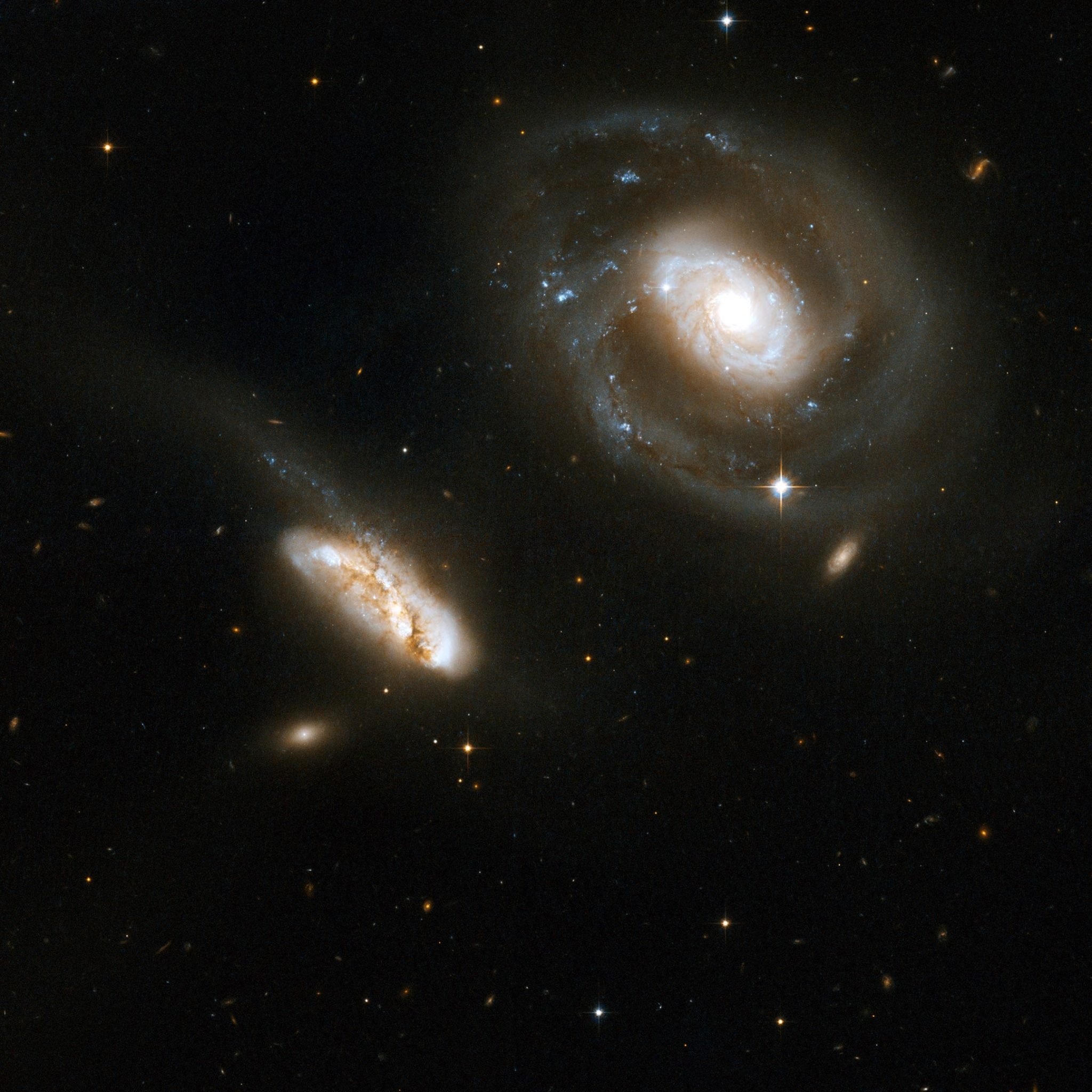
NASA's Powerful Webb Space Telescope Will Explore the Cores of Merging Galaxies
From Virginia Beach , NGC5485 is visible all night. It will become visible around 21:06 (EDT), 54° above your north-eastern horizon, as dusk fades to darkness. It will be lost to dawn twilight around 04:52, 40° above your north-western horizon. Begin typing the name of a town near to you, and then select the town from the list of options.

NGC 5485 & NGC 5486 ( rhedden ) AstroBin
NGC 5485 is an Active Galactic Nuclei/Nucleus located in the constellation of Ursa Major in the northern hemisphere. NGC 5485's distance from Earth is 97,070,661.13 light years. NGC 5485 is called NGC 5485 in the New General Catalogue (NGC).
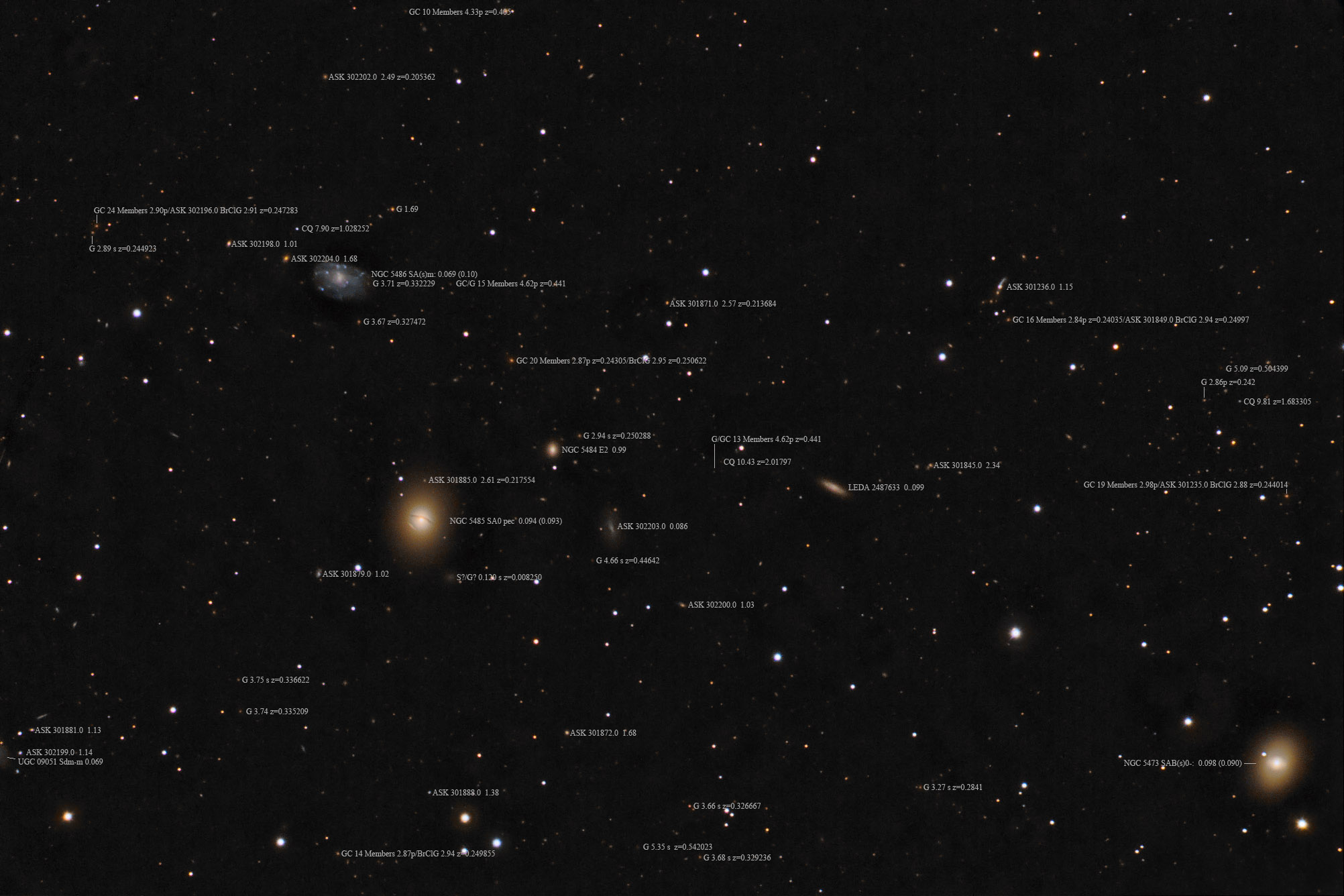
Astronomical Image Catalog NGC5485
NGC 5485 is a dust-lane early-type galaxy in constellation Ursa Major. This galaxy can be found in the near neighbourhood of the bright galaxy M101, visible in the DSLR widefield image. NGC 5485 is physically not connected with M101 because of it's distance of 90 million light-years. It is home to a prominent dust lane, perpendicular to the.

A Galaxy on the Edge ESO Views NGC 1055
Galaxy NGC 5485 - Lenticular Galaxy in Ursa Major Constellation TELESCOPIUS ASTRONOMY PLANNING MADE EASY loading.
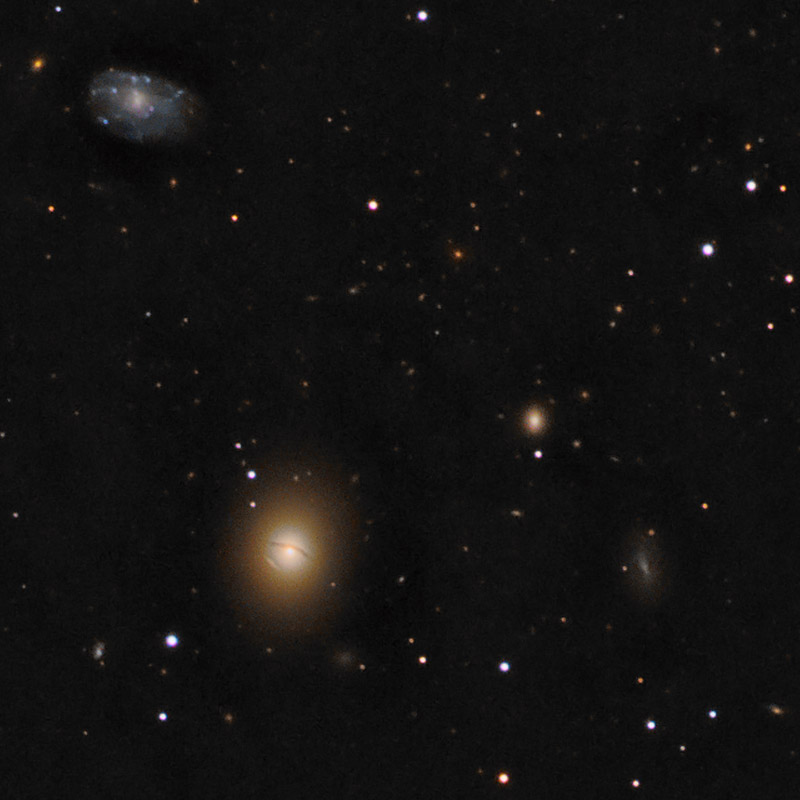
NGC 5485 A Polar Ring Dust Lane? Experienced Deep Sky Imaging Cloudy Nights
We investigate the gas and dust in NGC 5485, an early-type galaxy with a prominent minor-axis dust lane. Using new Herschel PACS and SPIRE imaging data, we detect 3.8 × 10 6 M ⊙ of cool interstellar dust in NGC 5485, which is in stark contrast with the non-detection of the galaxy in sensitive H I and CO observations from the ATLAS 3D consortium.

FileSpiralgalaxysuperstaru.jpg Wikimedia Commons
ULTRA-DIFFUSE GALAXIES NEAR THE ELLIPTICAL GALAXY NGC 5485 Allison Merritt1, Pieter van Dokkum1, Shany Danieli1,2,3, Roberto Abraham4,5, Jielai Zhang4,5,7, I. D. Karachentsev6, and L. N. Makarova6 Published 2016 December 15 • © 2016. The American Astronomical Society. All rights reserved.
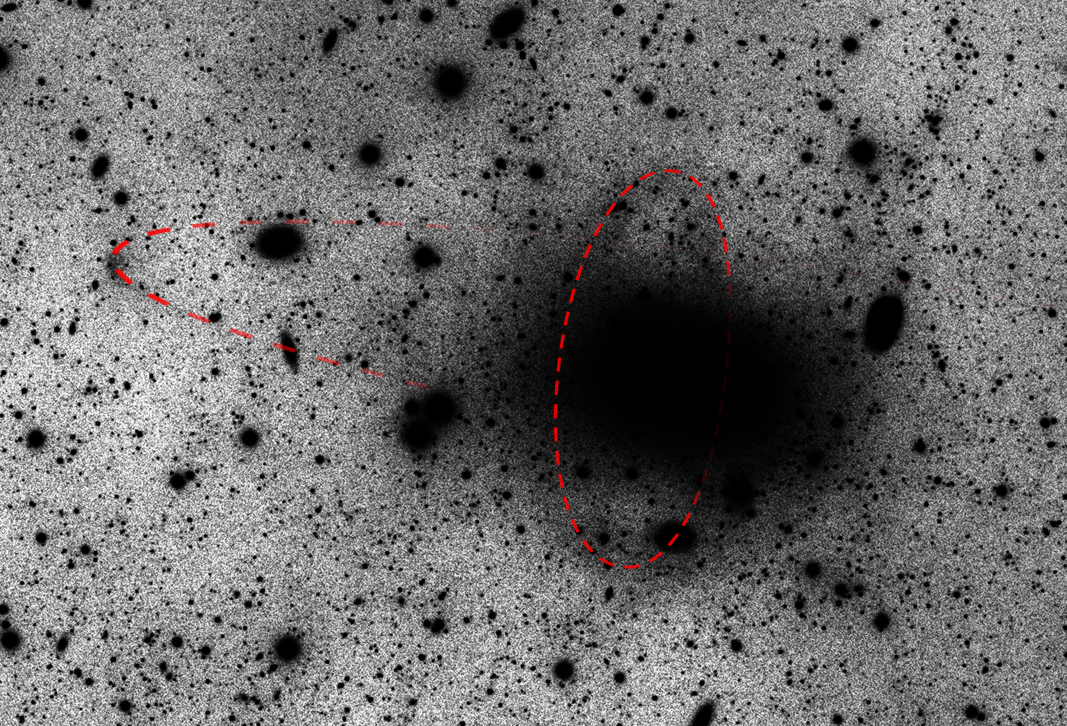
Amateurentdeckung eines Sternstroms bei NGC 5485? www.FaszinationWeltraum.de
We investigate the gas and dust in NGC 5485, an early-type galaxy with a prominent minor-axis dust lane. Using new Herschel PACS and SPIRE imaging data, we detect 3.8 × 106 M⊙ of cool.
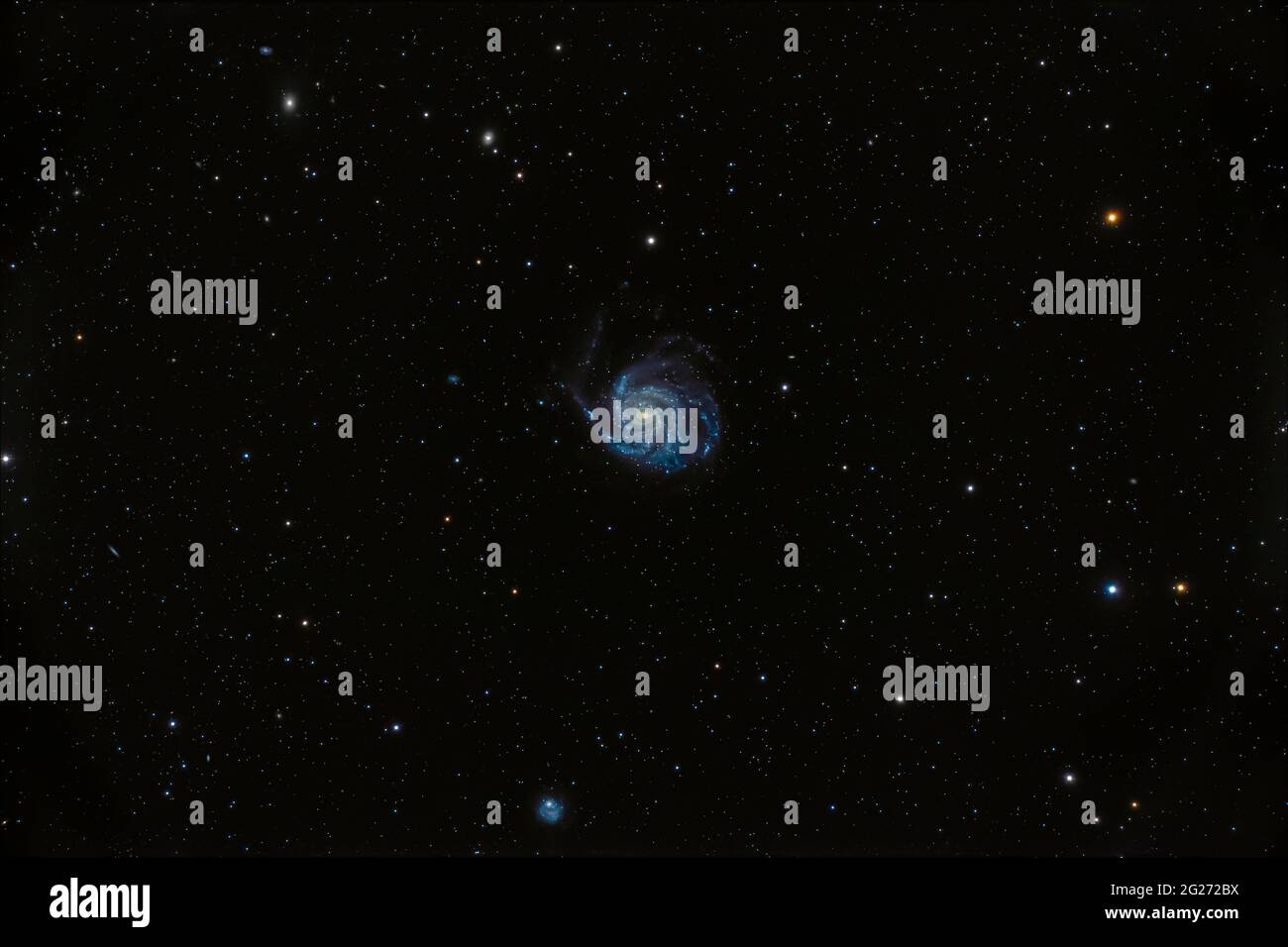
Ngc 5485 High Resolution Stock Photography and Images Alamy
A prime example for such a confusion is the massive elliptical galaxy NGC 5485 with its many dwarf companions (Makarov & Karachentsev 2011) situated ≈20 Mpc. shows M 101, the background elliptical NGC 5485, and former M 101 dwarf candidates (Merritt et al. 2014) that actually belong to the background galaxy population. Out of the.

Figure 1 from An extremely low gastodust ratio in the dustlane lenticular galaxy NGC 5485
II. Ultra diffuse galaxies near the elliptical galaxy NGC 5485. Authors: Allison Merritt, Pieter van Dokkum, Shany Danieli,. the galaxies are most likely associated with a background group at $\sim 27$ Mpc containing the massive ellipticals NGC 5485 and NGC 5473. At this distance, the galaxies have sizes of $2.6-4.9$ kpc, and are classified.

Astromart
Evidence is mounting that a significant fraction of the early-type galaxy population contains substantial reservoirs of cold interstellar gas and dust. We investigate the gas and dust in NGC 5485, an early-type galaxy with a prominent minor-axis dust lane. Using new Herschel PACS and SPIRE imaging data, we detect 3.8 × 106 M⊙ of cool interstellar dust in NGC 5485, which is in stark contrast.

Galaxien
NGC 5485 - Lenticular Galaxy in Ursa Major | TheSkyLive.com Your support keeps us free & ad-free » Donate public Observing from: Greenwich, United Kingdom edit_location_alt north Sunrise : 8:02 clear_day Transit: 12:05 Sunset : 16:09 south wb_twilight 17:37 • Astronomical Twilight • What's Visible Now? In Evidence
Camino a Ithaké Como fotografiar la galaxia de Andrómeda sin telescopio ni seguimiento
An extremely low gas-to-dust ratio in the dust-lane lenticular galaxy NGC 5485 (PDF) An extremely low gas-to-dust ratio in the dust-lane lenticular galaxy NGC 5485 | J. Fritz - Academia.edu Academia.edu no longer supports Internet Explorer.

The Dragonfly Nearby Galaxies Survey. II. Ultra diffuse galaxies near the elliptical galaxy NGC
An active galaxy has an unusually bright and variable center powered by a supermassive black hole that heats a surrounding disk of gas and dust through gravitational and frictional forces. The black hole slowly consumes the material around it, which creates random fluctuations in the disk's emitted light. As with most active galaxies, NGC 4945's black hole and disk are shrouded by a dense.
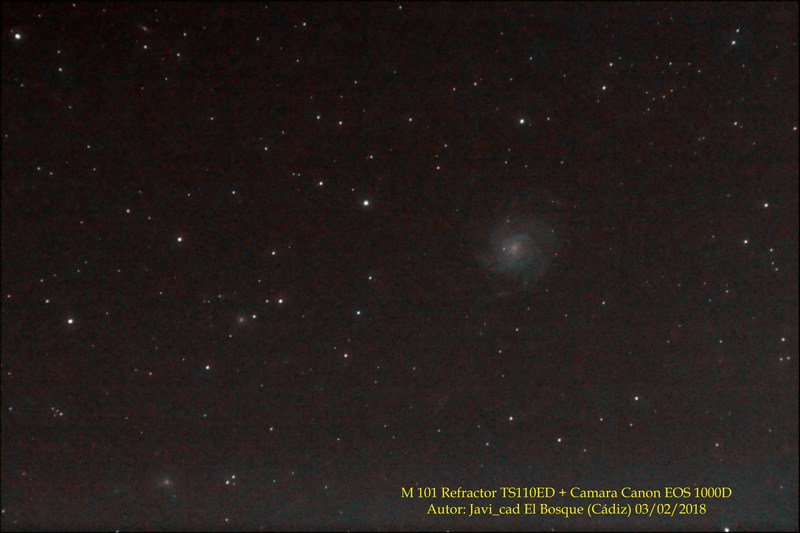
Observando el Universo Galaxia Messier M 101, NGC 5485, NGC 5486, NGC 5473 y NGC 5475
NGC 5485 is a dust-lane early-type galaxy in constellation Ursa Major. This galaxy can be found in the near neighbourhood of the bright galaxy M101, visible in the above DSLR widefield image. NGC 5485 is physically not connected with M101 because of it's distance of 90 million light-years.

Deep Sky Traveller
Just southwest of NGC 5485 is a fuzzy blob of a galaxy. NED lists it as the star SDSS J140706.41+545838.9 but gives a spectroscopic redshift that puts it about 120 million light-years distant. Thus it appears to really be a galaxy and may be a dwarf member of the group. Why NED insists on listing it as a star I don't know.